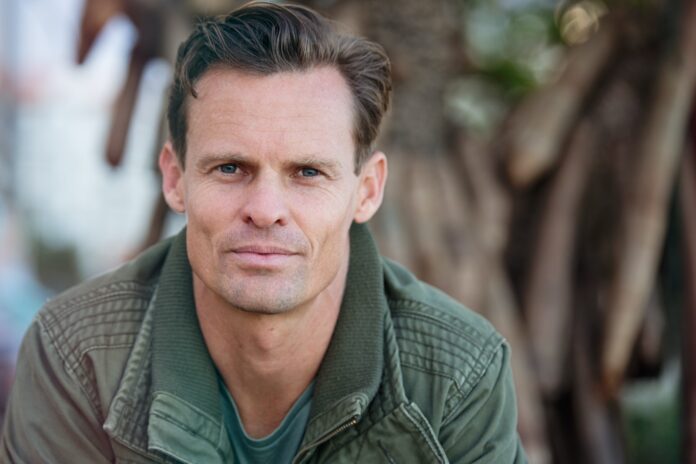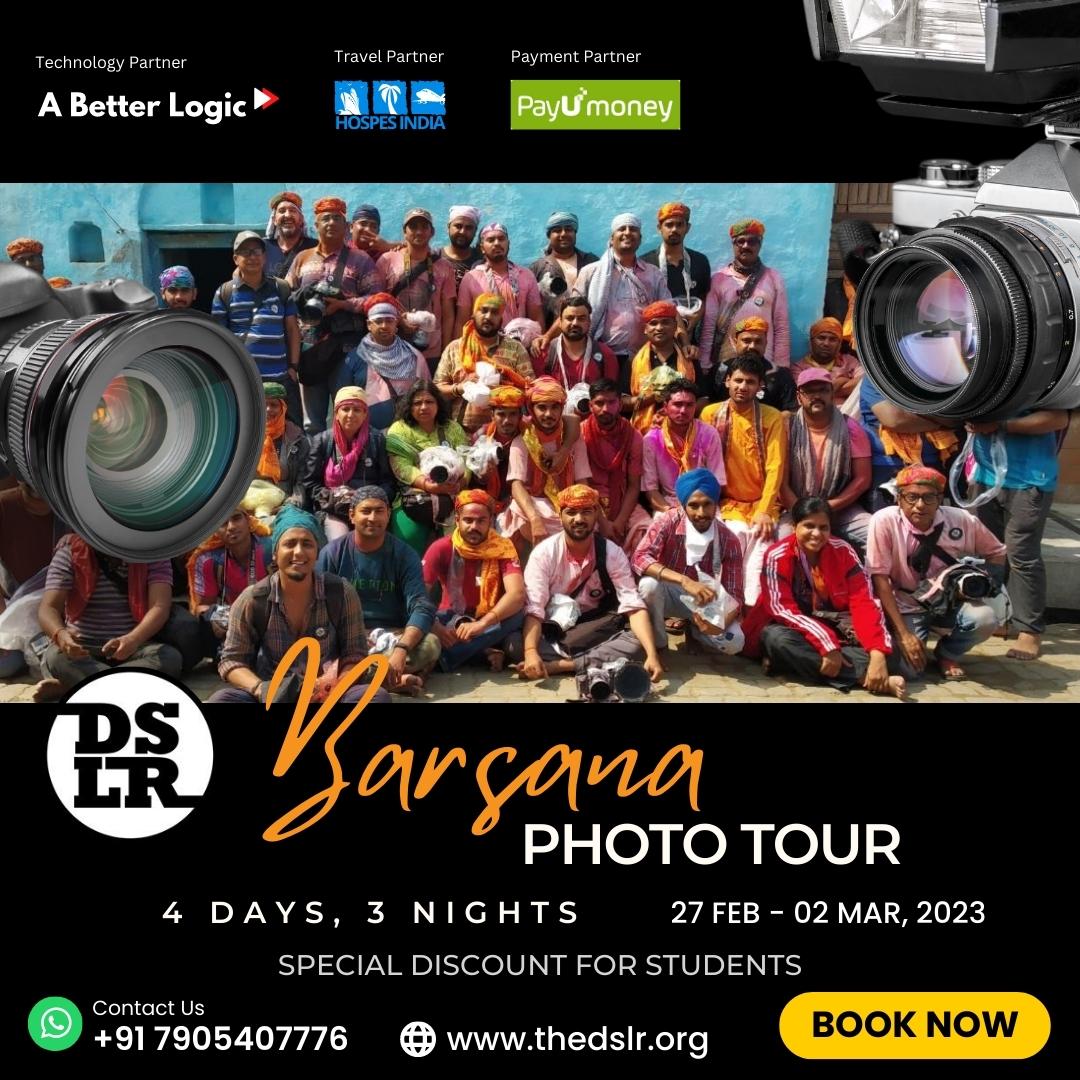Photography is not as simple as it appears. The more simple and unique a shot or photograph looks, the greater hard work and patience it needs to reach that simplicity level.
Every little detail in Photography needs complete latency, patience, efforts, and most importantly the skills of the Photographer.
People can find mistakes in even a small disturbance in the quality of an image or photo but to achieve even that immense level of photography skill is a hundred times the hard work of normal people as compared Photographers.
There are innumerable variations in the genres of photography. And each genre of photography is unique in its way. Each of the photography genre names is in respect to the element and subject of the particular photography.
What is Portrait photography?
Portrait photography is all about capturing the essence of the personality of a person or people in a group. It is captured differently by applying different effects of lighting. The lighting is classified as 3-point lighting.
The three points of lighting that are technically applied on the subject’s face for highlighting his/her personality are key light, fill light, and backlight.
The key light is placed about 30° to 60° from the camera for ambient lighting. The fill light helps to combat the shadows formed by the main(Key) light. And, the backlight is a kinda supportive element of the portrait shoot. It emphasizes the backdrop behind the subject.
1. The right gear
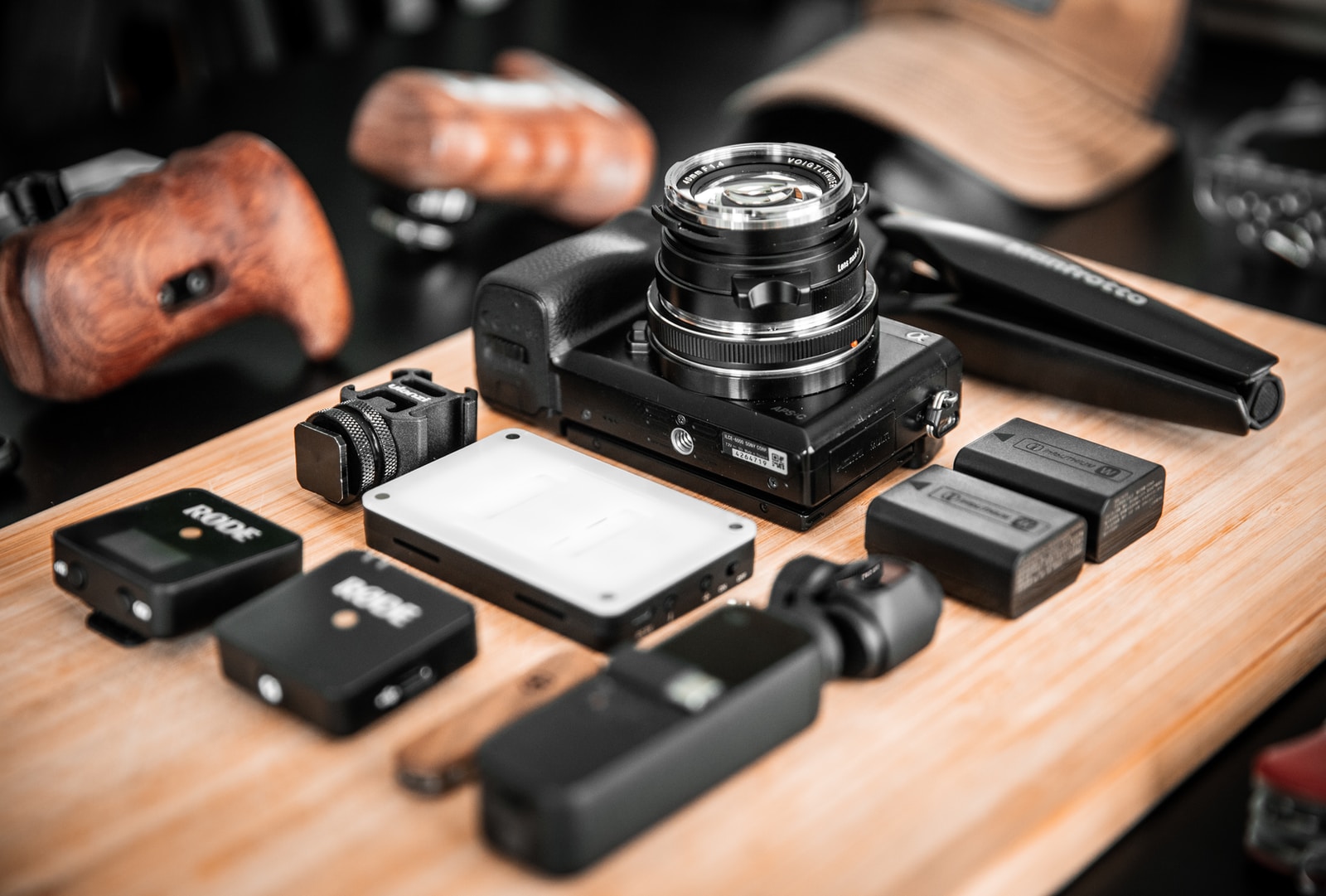
Is it really necessary to select the most expensive and delicate camera for your best portraits??.. Of course not! You need not carry a camera that is very expensive or very fancy but a camera that acquires all your-doo lists for the perfect portraiture. An entry-level Mirrorless camera and a DSLR could be great for some great portrait shots.
2. Best lenses
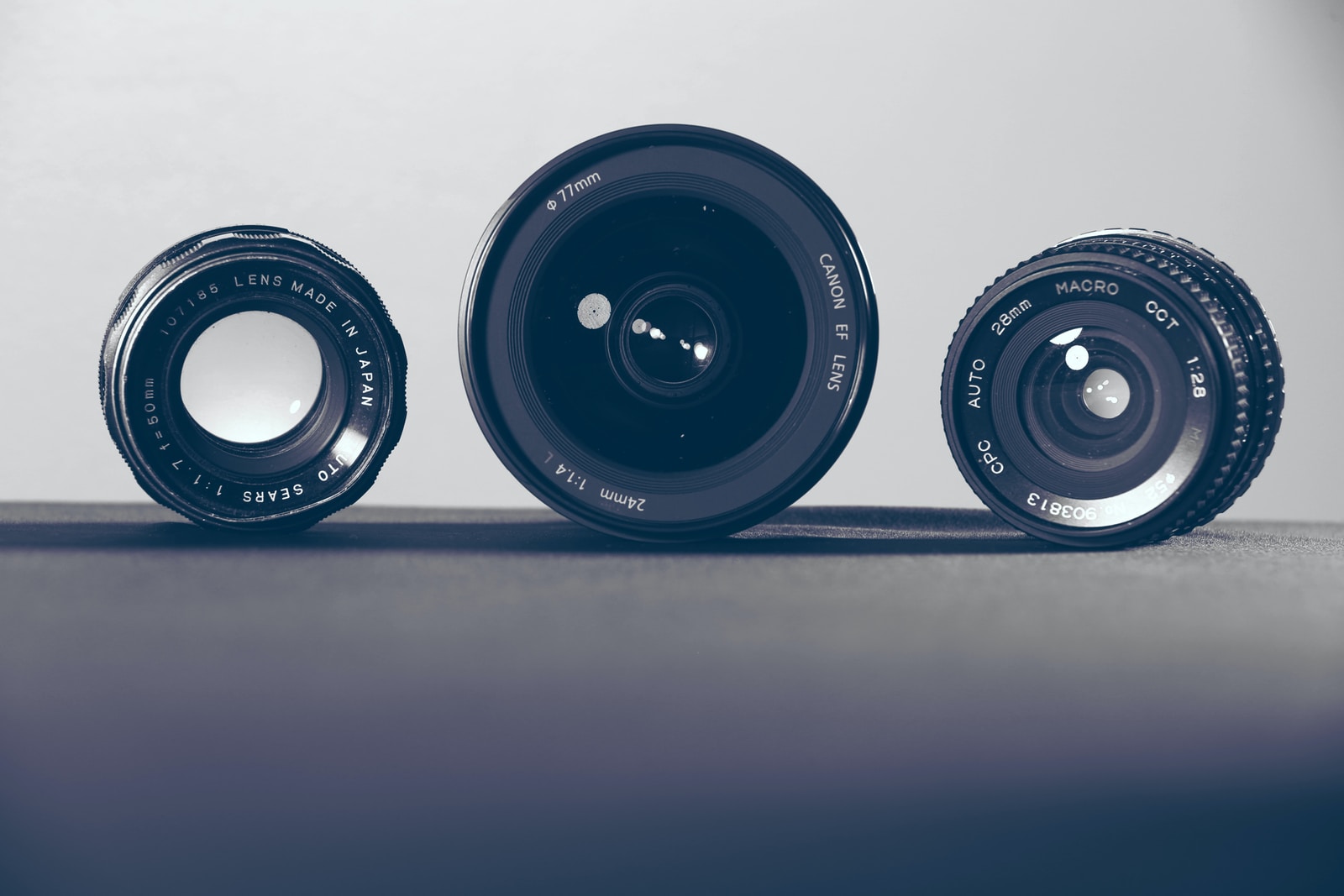
And, of course, you will need to have the best affordable lenses that go along with your camera. You should rather choose a prime lens because you won’t require zooming while shooting a portrait.
3. Appling catchlight
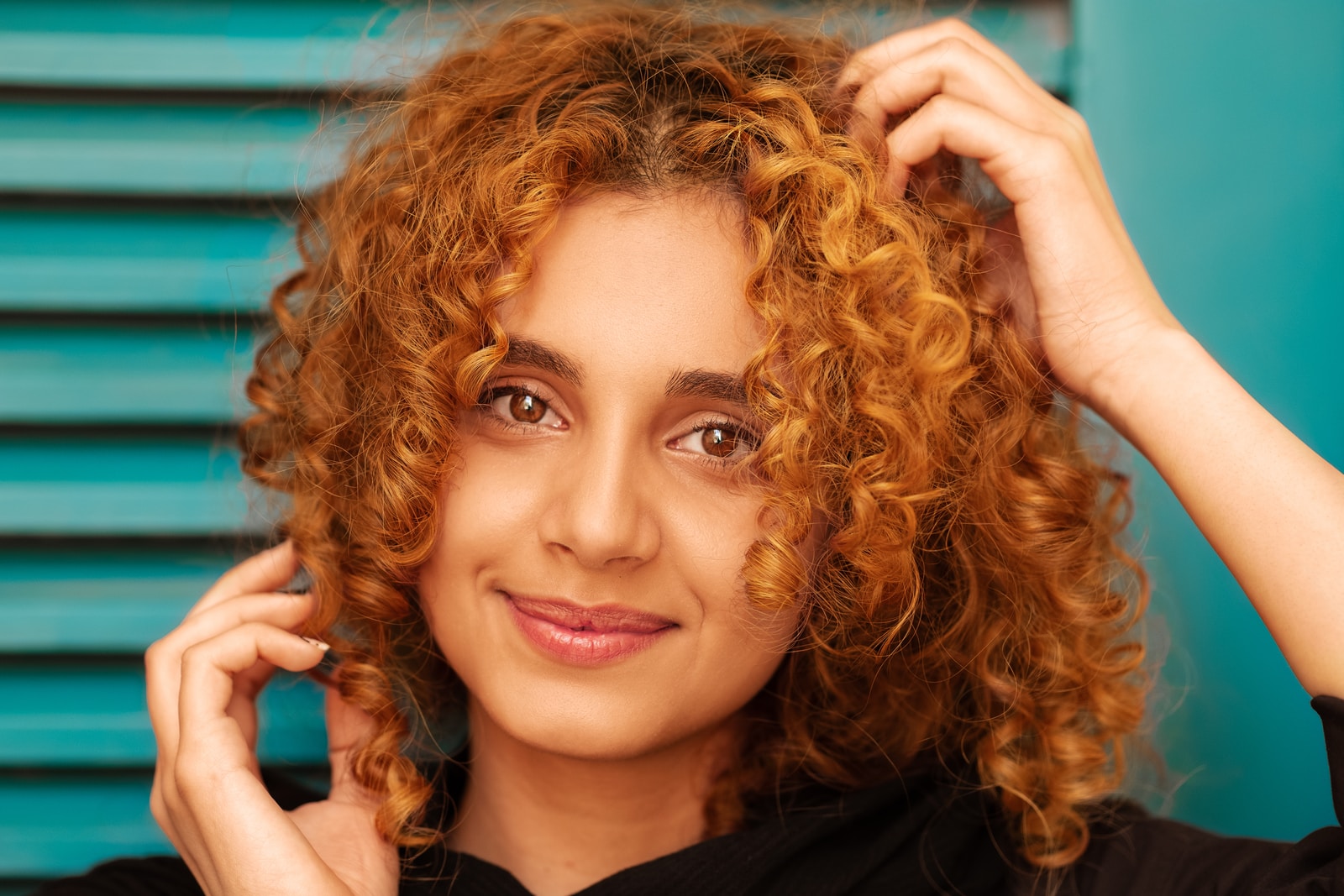
You should have a catchlight in your subject’s eye. Because that gives your subject’s eye a sharp catchy look and adds more depth to it. For instance, you can use a flashlight or even a reflector.
4. Expression
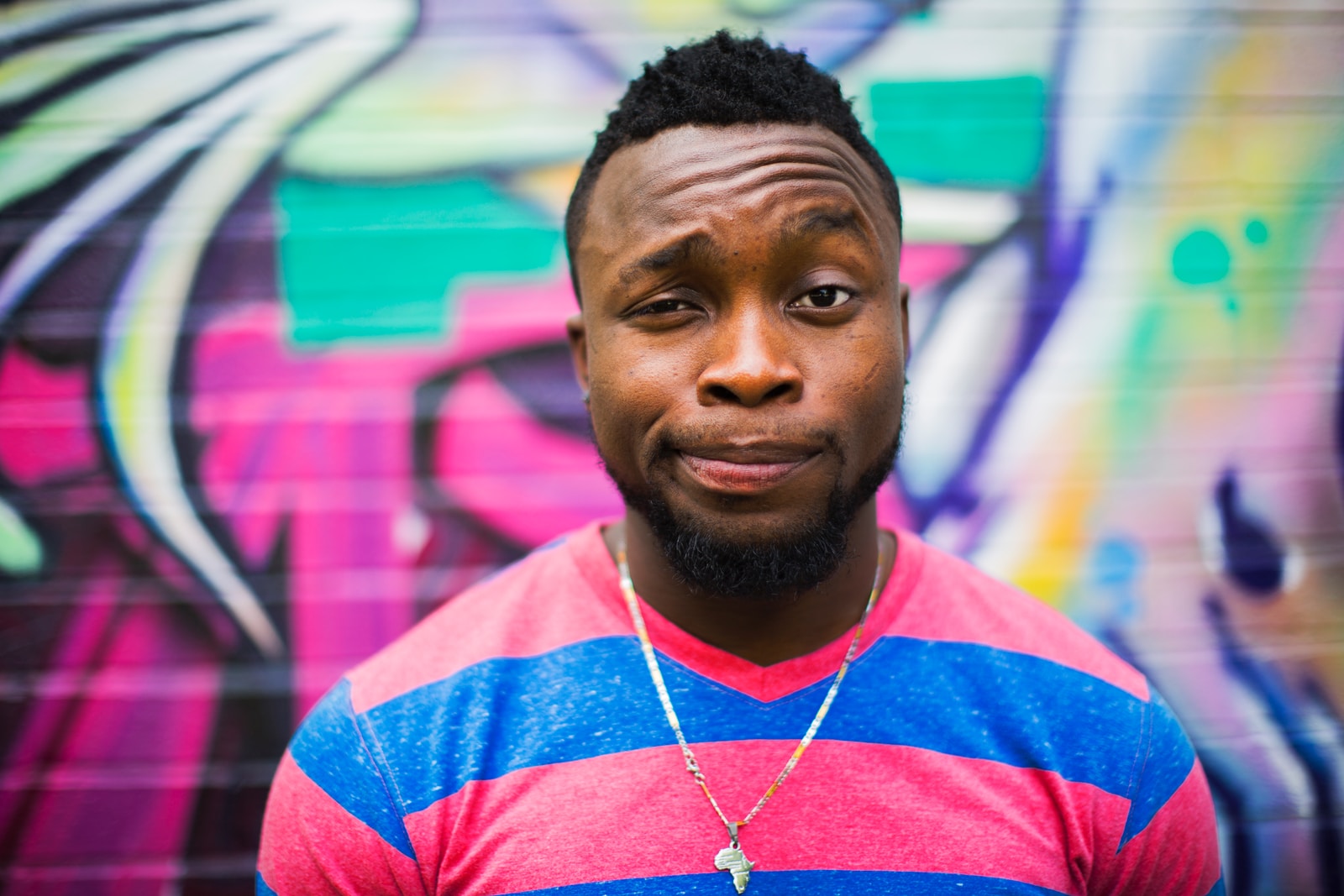
Ask your subject to feel free to face the camera. Make her/him relaxed before the shoot so that they give genuine expressions for the shot. The expression must not look fake or forced. It should have a natural outlook.
5. Posing
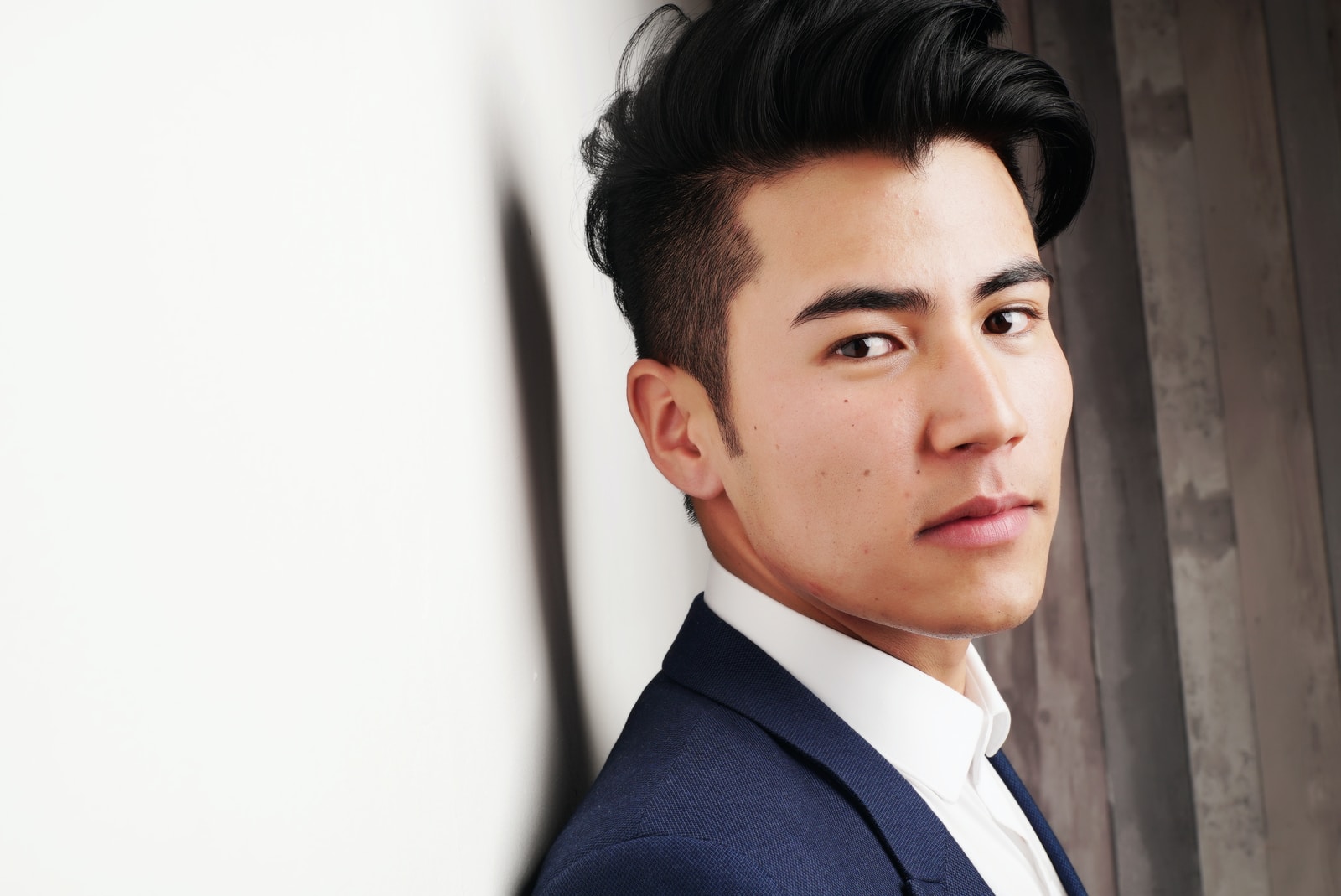
Posing for photography is an art, so tell your subject to pose artistically for the shoot. Ask him/her to pose naturally.
6. Lighting Pattern
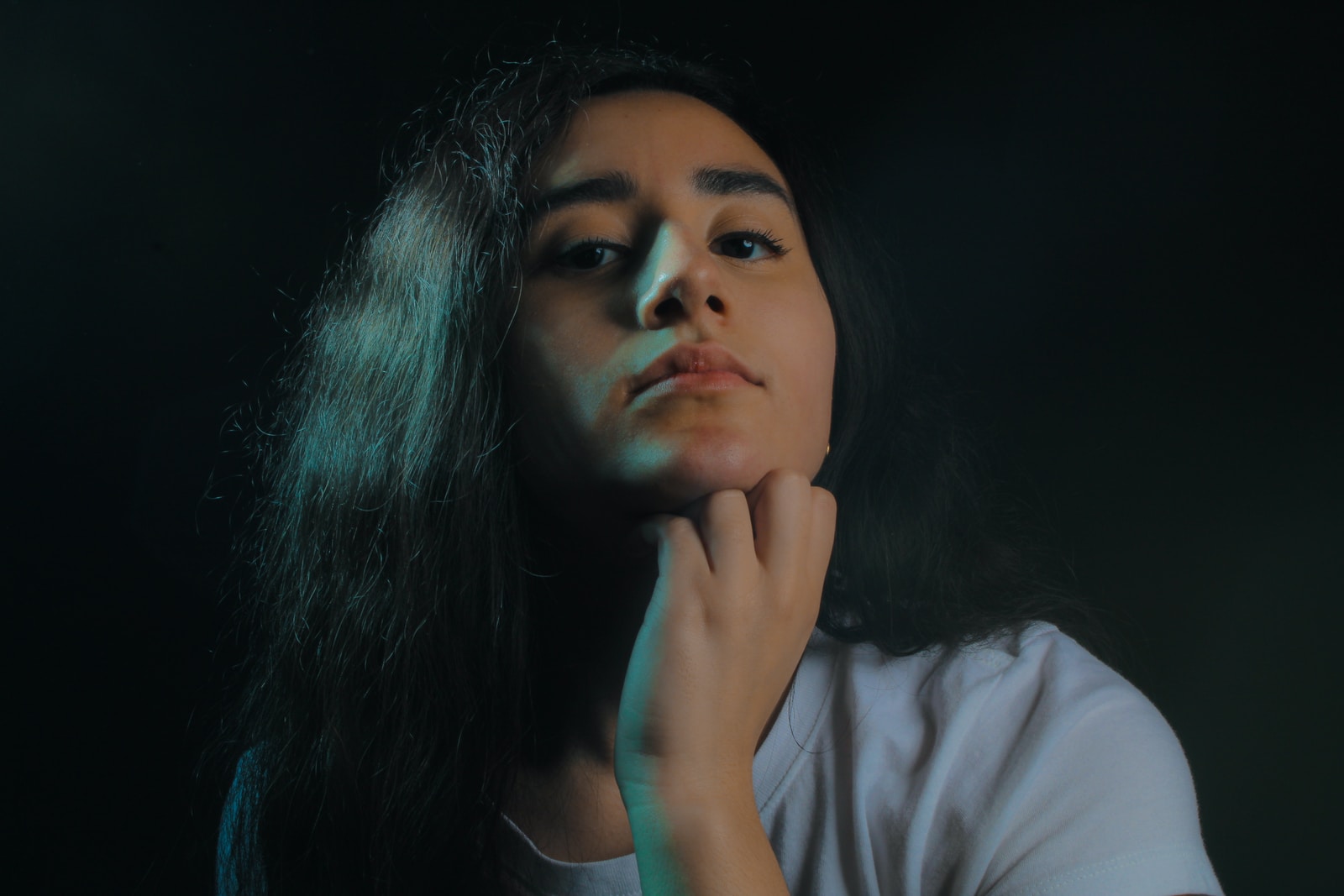
There are 4 different lighting patterns- split, loop, butterfly, and Rembrandt. The lighting patterns determine the light that falls on the subject’s face and defines the eternal mood of the picture.
7. Lighting Ratio
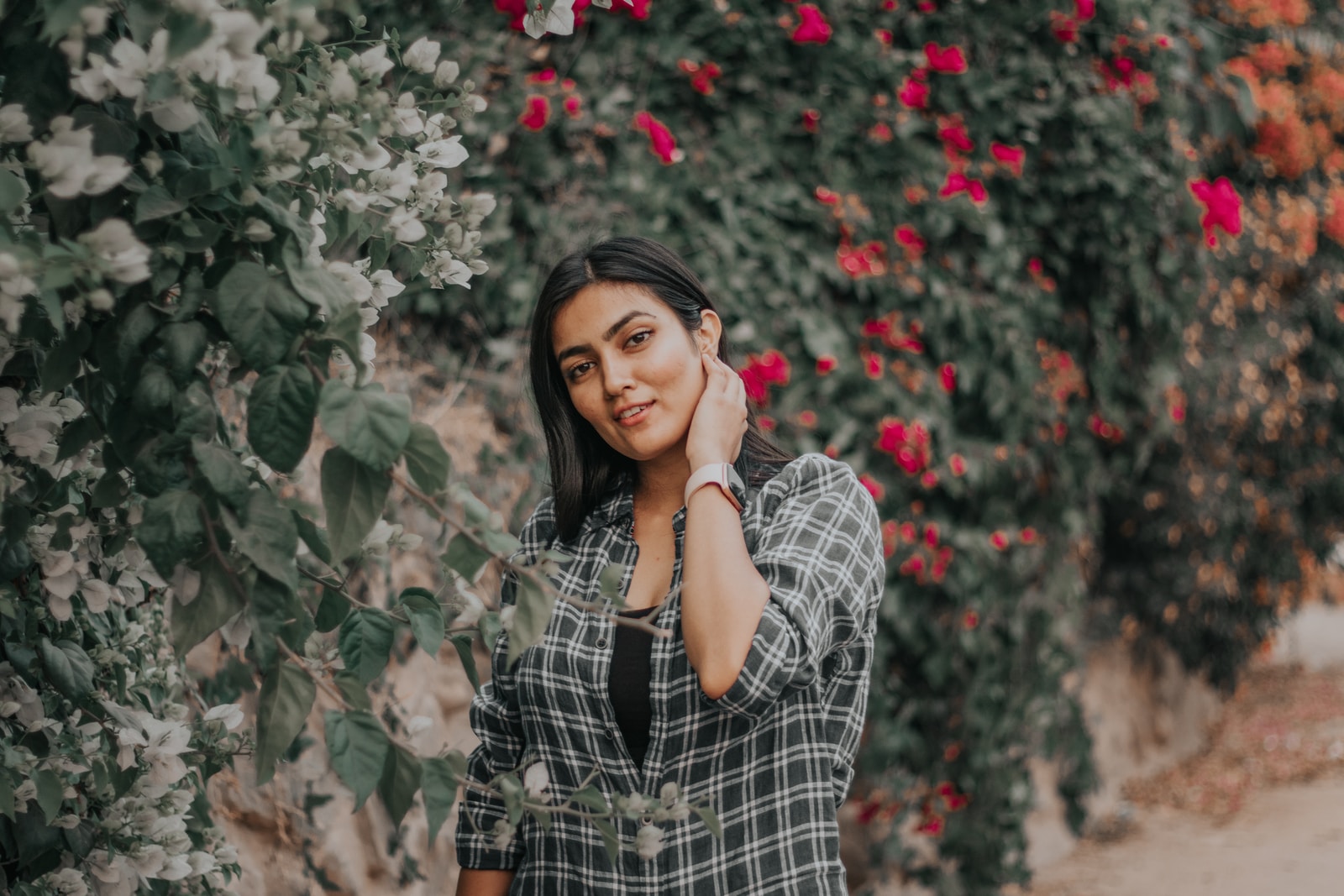
One of the most important things about portrait photography is the lighting ratio. The better ratio you apply the best and fresher the outcome it will give. The ratio is the comparison of the dark and light sides on the face of the subject.
8. Background

Neglecting the backdrop in a portrait could ruin your picture. Keeping a dark, blurry, and low contrast backdrop will work great.
9. Exposure
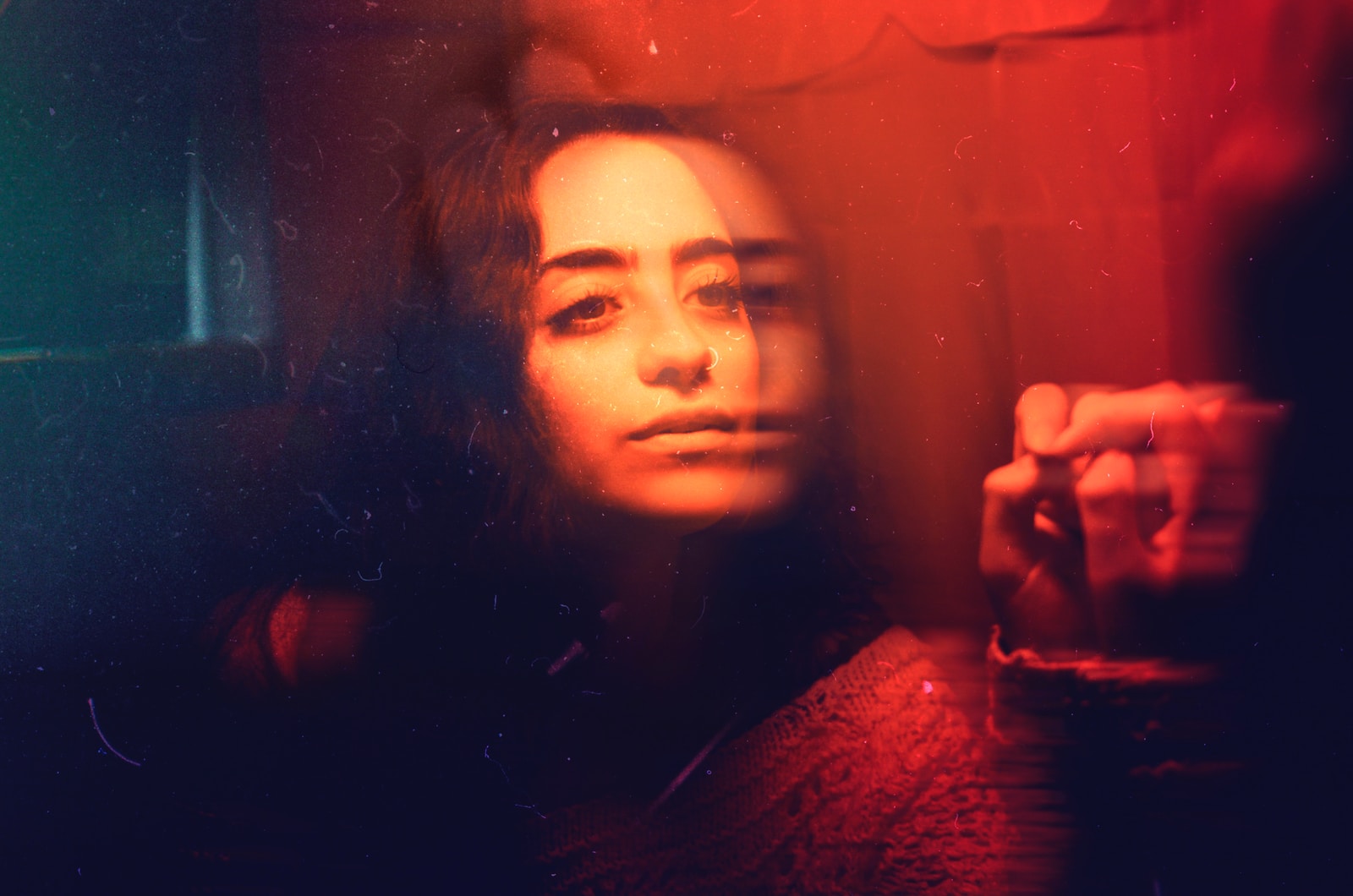
Always Adjust the exposure of the portrait by reviewing the histogram.
10. Focus
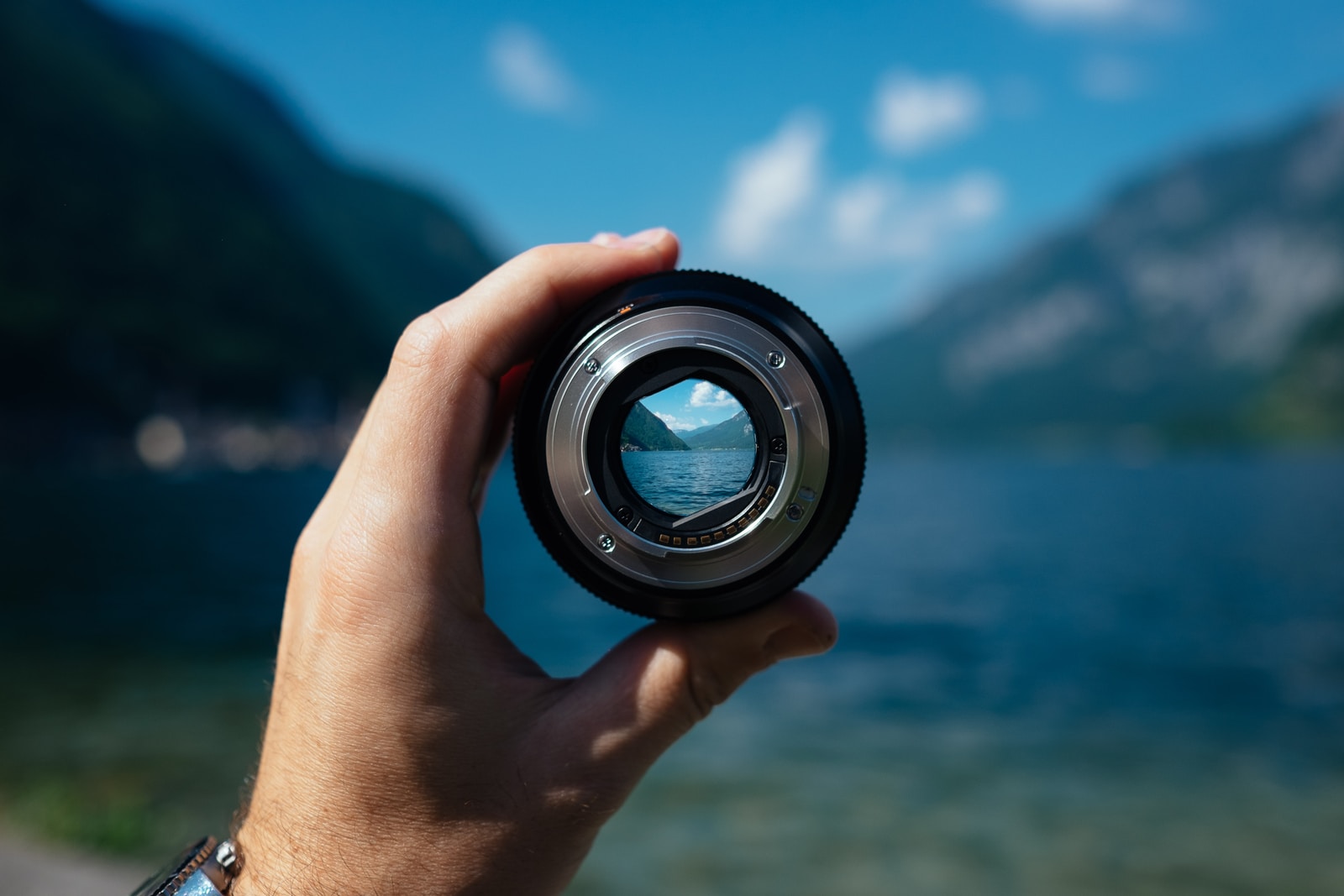
For a still portrait, use a fixed focus on the subject- and their eyes. And if you’re shooting for a moving picture, use different focus settings.
![]()

